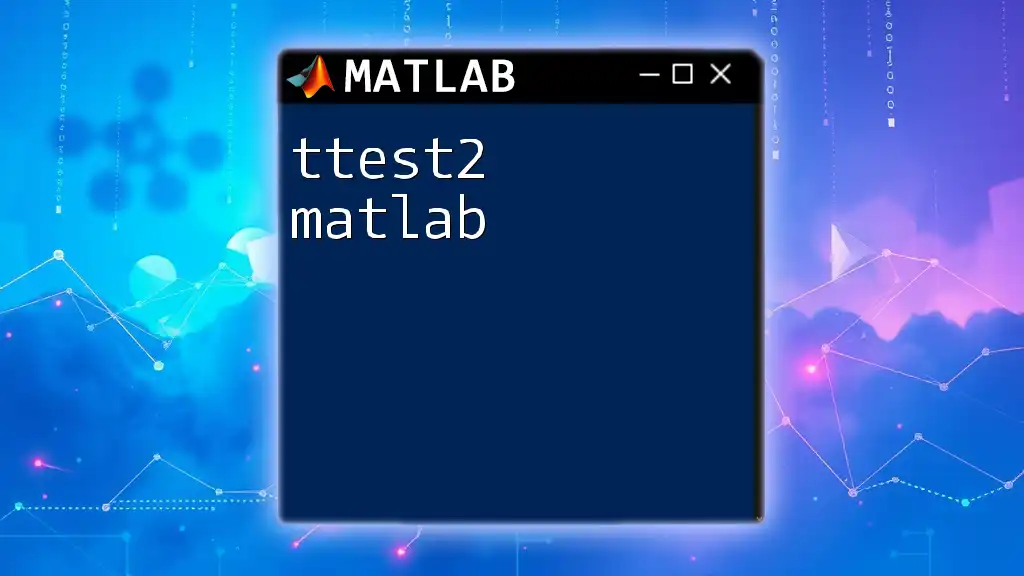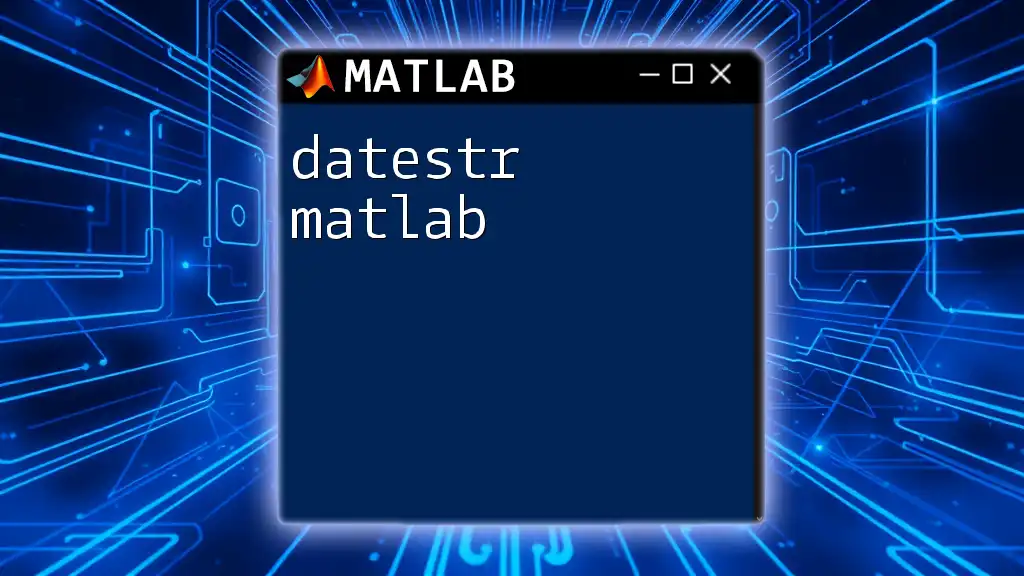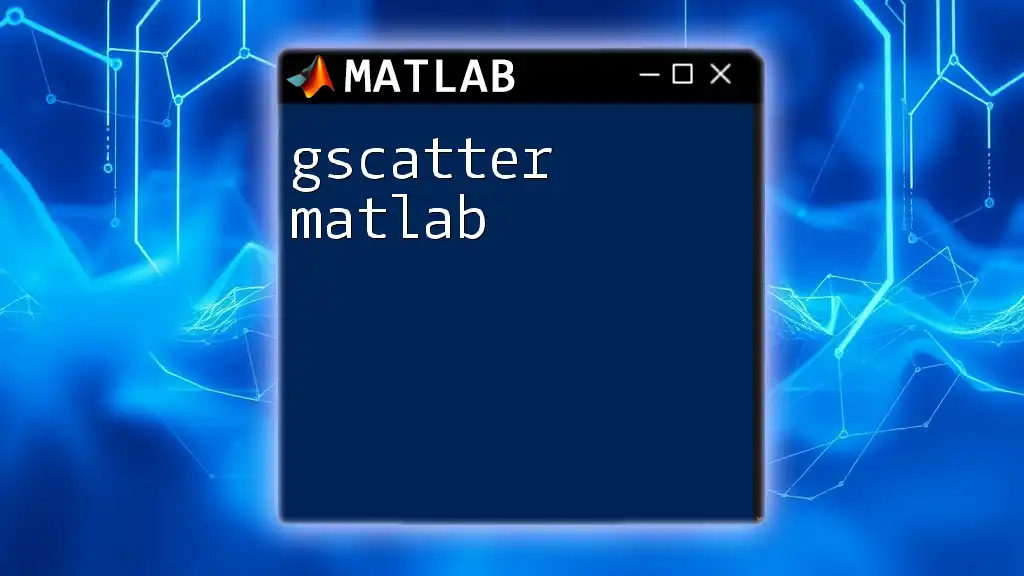The `step` function in MATLAB is used to apply a specified input to a dynamic system model and simulate its response over time.
Here's an example code snippet using the `step` command:
% Define a transfer function
num = [1]; % Numerator coefficients
den = [1, 2]; % Denominator coefficients
sys = tf(num, den); % Create transfer function
% Simulate and plot the step response
step(sys);
title('Step Response of the System');
xlabel('Time (seconds)');
ylabel('Response');
Understanding the Basics of the `step` Function
Overview of System Dynamics
The `step` function is a vital tool for analyzing linear time-invariant (LTI) systems within MATLAB. LTI systems exhibit behaviors that remain steady over time, allowing engineers and data analysts to ascertain essential characteristics of the system dynamics, such as stability and time response. Understanding these principles is crucial in various applications, from automation and robotics to signal processing.
What is Step Response?
Step response refers to the output behavior of a system when subjected to a step input, which is a signal that switches from zero to one abruptly at time zero. The step response is significant because it provides insights into the system's stability, transient response, and steady-state performance. A well-behaved step response indicates that the system can effectively handle changes in input without oscillations or delays.

Using the `step` Function in MATLAB
Basic Syntax
The basic syntax of the `step` function is straightforward. It accepts a system representation, which is typically defined using transfer functions or state-space models. The simplest use of the function looks like this:
step(sys)
In this syntax, `sys` represents the LTI system you want to analyze.
Creating a Simple LTI System
To utilize the `step` function, you first need to create a representative system. The transfer function is a common way to define this. For example, you can create a simple first-order system with the following commands:
num = [1]; % Numerator coefficients
den = [1 3 2]; % Denominator coefficients
sys = tf(num, den);
In this example, we define a transfer function `sys` with a numerator of `1` and a denominator of `s^2 + 3s + 2`.
Plotting the Step Response
Basic Step Response Plot
Once your system is defined, you can easily generate a plot of its step response with the following command:
step(sys);
title('Step Response of the System');
xlabel('Time (seconds)');
ylabel('Amplitude');
This command produces a graphical representation of how the system responds over time following a unit step input.
Customizing the Plot
To improve clarity and visualization, you might want to customize the plot further. Adding a grid and enhancing axis labels can enhance the interpretability of your results:
grid on; % Adding grid for better readability

Advanced Features of the `step` Function
Multiple Systems
The `step` function allows you to analyze multiple systems simultaneously. This capability is particularly useful when comparing responses of different control strategies. For instance, if you have a second system defined as:
sys2 = tf([1], [1 2]); % Second system
You can plot both responses on the same graph using:
step(sys, sys2);
legend('System 1', 'System 2');
This command illustrates both system responses, helping to evaluate their performance relative to one another in a single visual.
Time Vector Specification
An additional feature of the `step` function is the capability to define a specific time vector for the simulation. This gives you finer control over the displayed results. You can create a time vector as follows:
t = 0:0.01:5; % Time vector
step(sys, t);
In this example, the graph will be produced over a time frame from zero to five seconds with increments of 0.01 seconds.
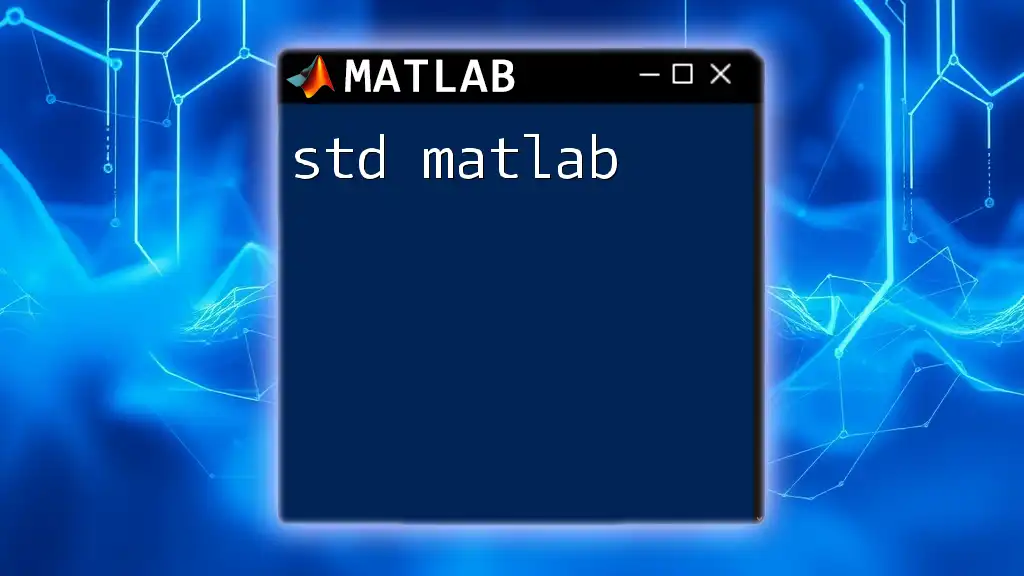
Analyzing the Results
Interpreting the Output
Understanding the output of the step response is crucial. You should evaluate vital characteristics such as overshoot, settling time, rise time, and steady-state value. Overshoot indicates how much the system exceeds its final value, while settling time refers to the duration it takes for the system to stabilize within a specific range of the steady-state value. Rise time is the time it takes for the system to go from a specified lower to a higher percentage of its final output.
Common Characteristics to Look For
When analyzing the step response, focus on the following characteristics:
- Stability: Is the output steady, or does it oscillate before settling?
- Response Time: How quickly does the system respond to changes in the input? These characteristics can dictate how effective a control system is, informing design decisions.
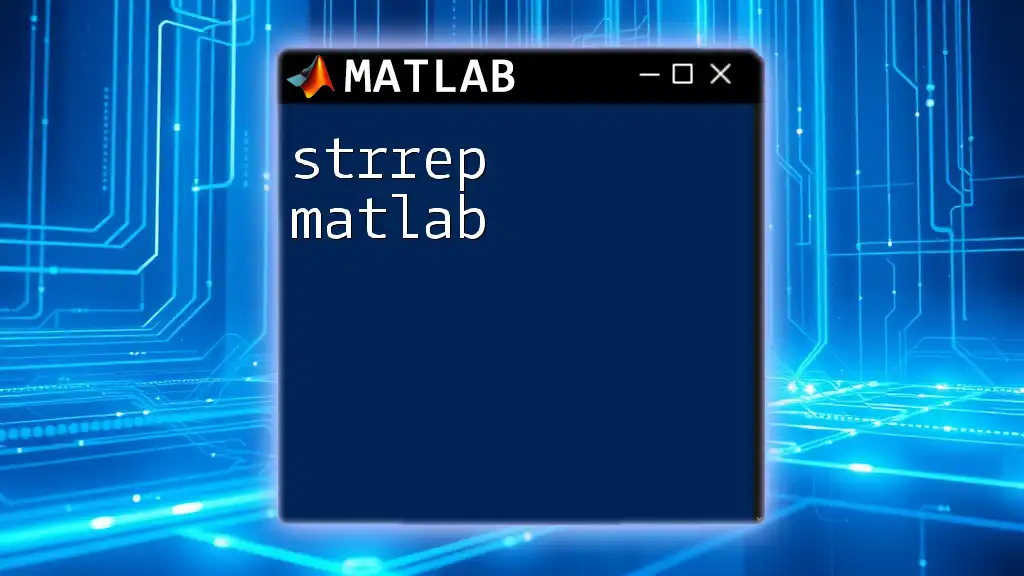
Real-World Applications
Control Systems Design
The `step` function is particularly significant in control systems design. Engineers rely on the step response to fine-tune PID controllers, ensuring optimal performance in controlling variables such as temperature, speed, and pressure.
Signal Processing
In signal processing, understanding the step response is vital for filter design and analysis. The transient response characterizes how filters react to sudden changes in input signals, informing decisions around system design and implementation.

Tips and Best Practices
Common Pitfalls
While using the `step` function, avoid common mistakes such as assuming linearity in inherently nonlinear systems or neglecting initial conditions, which can lead to misleading interpretations of the results.
Resources for Further Learning
To deepen your understanding of the `step` function and LTI systems, consult the official MATLAB documentation, engage with online communities, or explore tutorials that provide additional insights into practical applications.
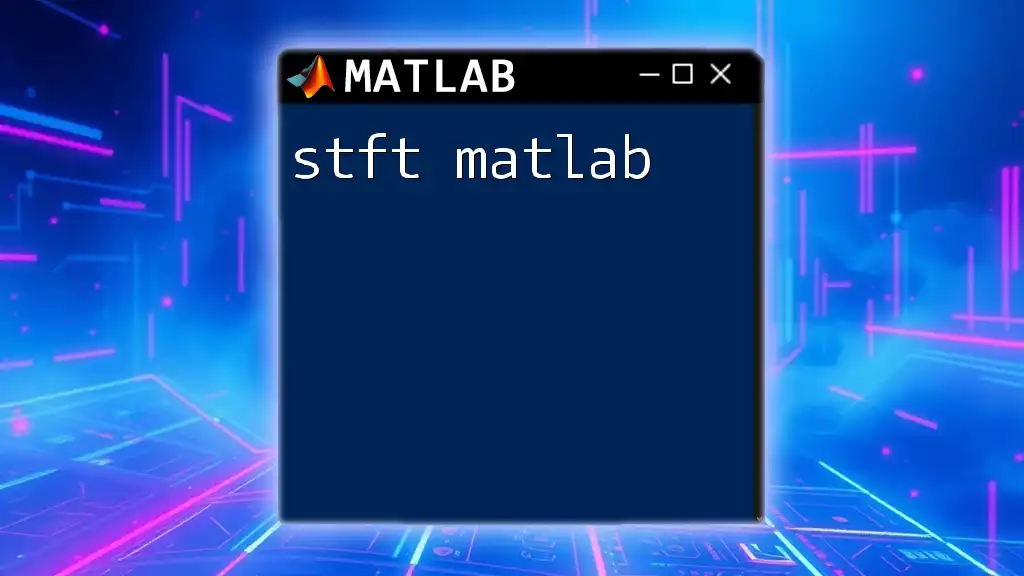
Conclusion
The `step` function in MATLAB is an indispensable tool for anyone engaged in control system design and analysis. By understanding how to implement and interpret its results, users can gain valuable insights into the dynamics of their systems. As you experiment with these commands, you'll be better equipped to tackle complex engineering challenges and optimize your systems effectively.










